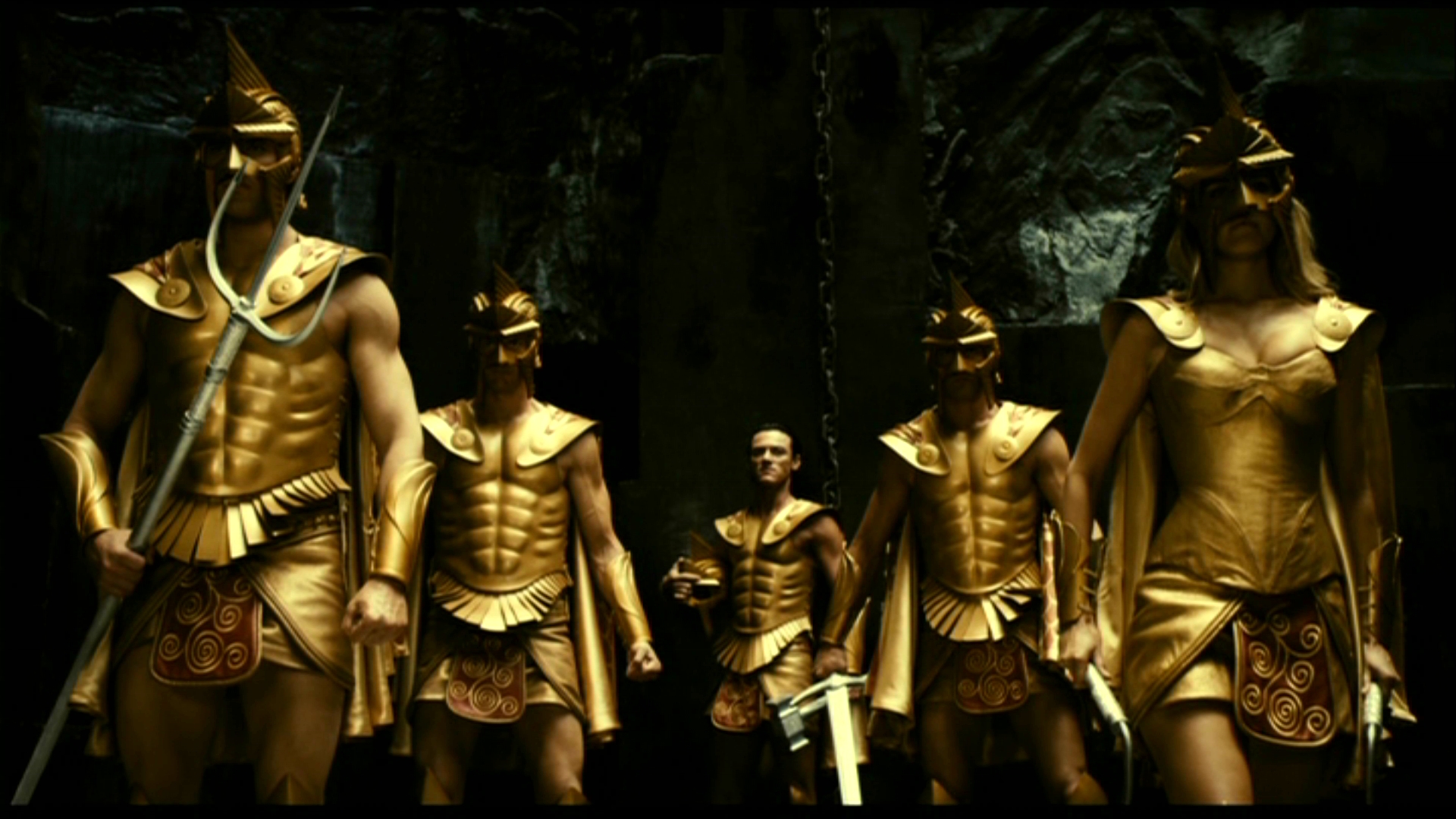Funding Open Innovation for Exponential Technologies
Ideas that transform markets and solve complex societal issues do not come fully formed. Or fully funded. Ideas percolate through various filters of evolving technologies, business models and mindset changes. They also overlap and feed each other.
Eventually, someone moves around a few pieces and all of a sudden opportunities are crystalised. Players can see the gaps in their capabilities and resources that are missing. Gears kick in and we start to reach out across networks of corporates, SMEs, startups and universities & research institutions. Teams are formed. Gaps are filled. Ideas solidify. Open innovation spins up. Funding and resourcing needs are solved. New problems evolve. It’s complex developing transformative technologies across so many different types of organisation. Each running at different clock speeds.
Assumptions. People often assume that corporates have vast amounts of resources. But they can be constrained by complex hierarchies, measurement systems that can pit division against division, and short term (quarterly) thinking. SME’s can be more agile, but they often run at fine margins, where disruption in a single important customer contract can affect the stability of the whole company. People assume startups can move fast. But startups can spend a lot of time searching for a scaleable business model while walking the tightrope of financial wires. And universities and research institutions have their own set of constraints that can offset their seemingly extensive capabilities.
What do all these things have in common? You can strip away the individual organisational constraints by combining them in unique ways to solve complex challenges. At a European, Nordic and country level we have a series of instruments and mechanisms to aggressively accelerate growth.
But that in itself can be a complex process. Technologically, organisationally and culturally.
So how do we do this? Well there are many ways. But let’s back up for a minute. If we can understand what’s going on then we can ride the wave of acceleration and increase the pace of creativity across our various organisations.
In ”The Future is Faster Than You Think”, Peter Diamandis and Steven Kotler discuss how the acceleration in computing power which gave rise to other exponential technologies is overlapping with combinations of technologies and second-order effects. These effects such as time savings, the abundance of capital and the next billion new entrepreneurs and customers coming online thanks to constellations of cheap satellites and the demonetisation of smartphones, fold back in on technological progress and new business models.
These overlapping phenomena are there to be exploited and can drive purposeful profit. On a grand scale.
Say an organisation wants to accelerate the development of lighter, more powerful robotic exoskeletons. These ’mobility’ devices improve performance in multiple industries such as construction, agriculture, energy and logistics. They also increase the job opportunities across industries for people with disabilities, simultaneously increasing productivity of the company and GDP of the country if these capabilities were deployed at scale. Robotic augmented humans. Where would you start?
As we have discussed, ideas do not come fully formed. But you could reach out to the R&D clusters that specialise in robotics such as Odense Robotics ecosystem in Denmark, or tap into the University of Eastern Finland in Kuopio, or maybe start with design & manufacturing centers such as The Basque Region. That exoskeleton is itself a complex combination of motors, materials and battery technology. And it will be powered by machine learning. It maybe be co-developed across multiple countries and organisations using combinations of VR/AR, generative design and 3D-Printing for rapid prototyping. It will require energy harvesting capabilities and creation of new materials using nanotechnology, so maybe you bring in Fraunhofer. The ’suit’ will have to operate in all conditions from warehouses to extreme ranges of weather. So that means testing and partners in Iceland, Lapland, the African continent and the Norwegian Sea.
And then we need manufacturing, supply chains, sales and support channels and training. The exoskeleton will probably need an AR visor and ability to interact with swarms of drones for situational awareness and extended functionality. So the original idea, once crystalised, opens up parallel market opportunities by integrating it with other technologies.

No single organisation could achieve this. With funded open innovation leveraged at scale across industrial, institutional and entrepreneurial ecosystems, we can rapidly iterate from idea to prototype to production and make new markets while simultaneously creating fulfilling jobs for people utilising combinations of exponential technologies.
This article is by Patrick Halford, Vice President of Key Digital Technologies at Spinverse. He is also on the faculty of Singularity University for mobility and drones. He is based in Finland.



